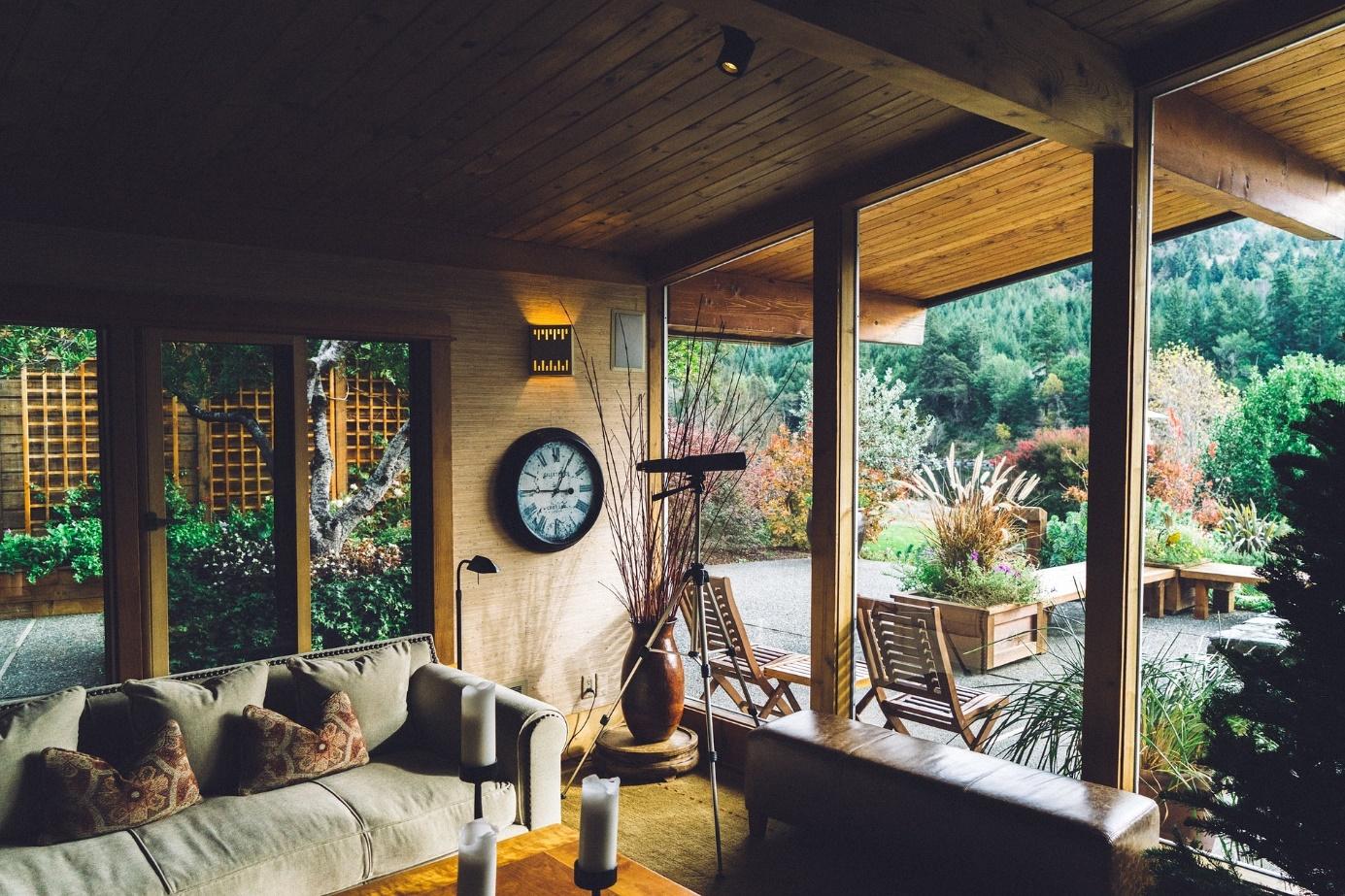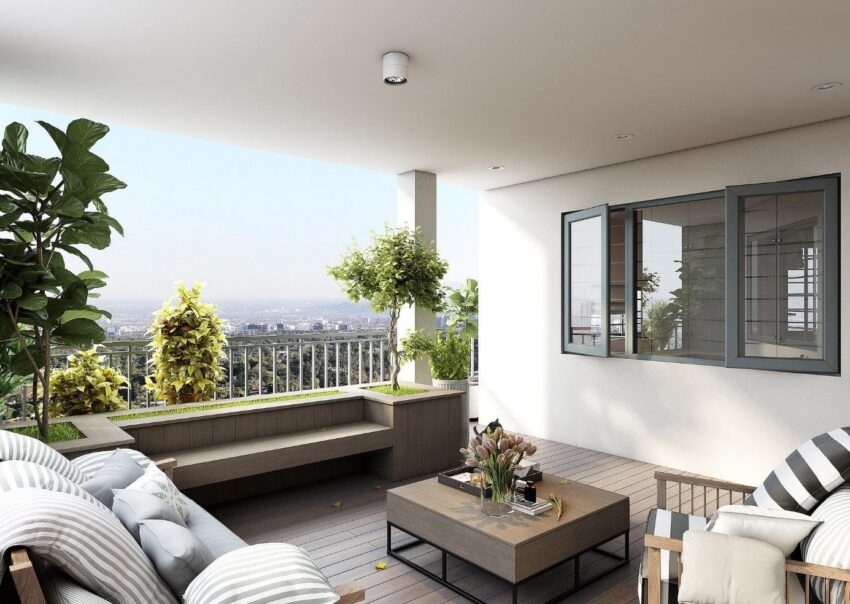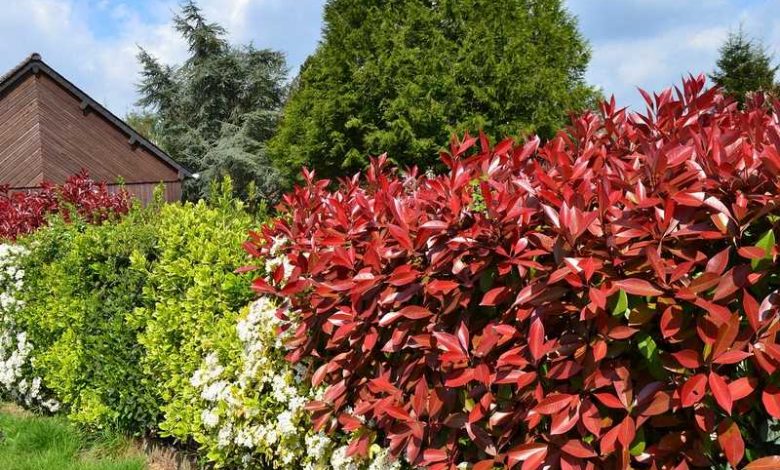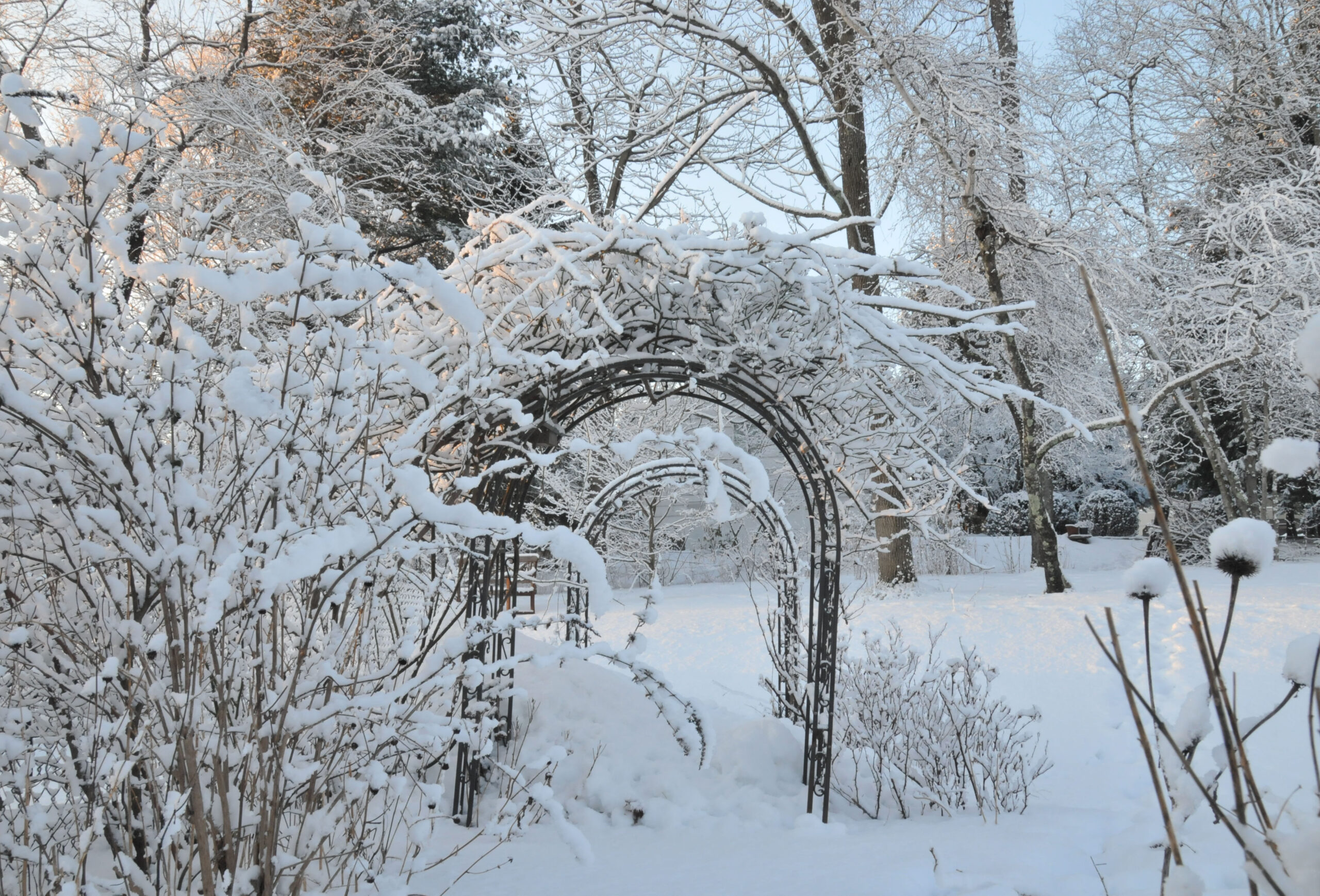The terrace: an added value for our home, a view of the world, sometimes a dream. A beautiful terrace opens the mind, relaxes the nerves, widens the view, even if it is not huge, but maybe has a beautiful view.
However, getting started on the project of building your own deck can seem pretty overwhelming. Therefore, in the following article you will find 7 valuable and simple tips on how to build your dream terrace.
Contents
Building elements of the terrace
The structure of a terrace is made up of different elements, sometimes invisible even to the eye, and others that make it an aesthetic jewel. Here are some elements of a patio, starting from the bottom:
- The insulation: impregnation is a must
- The patch, which can be chosen in different materials and in many colors
- The parapet, which can be a wall or railing or even a balustrade
- The light and water connections, which are obligatory if the terrace exceeds certain dimensions
- Lighting with lamps, lanterns or spotlights
1. Thermal insulation
In the case of inhabited spaces under the terrace, thermal insulation is required to limit temperature exchange. Thermal insulation should first be installed under the waterproofing layer, which in turn is under the floor covering. Of course, the specific type of thermal insulation to be used should be chosen on a case-by-case basis. The requirements can change depending on the heat output and dimensional stability as well as the load to be carried and compatibility with the waterproofing.
2. Waterproofing of the terrace
Waterproofing a terrace is a must for one fundamental reason: to protect the lower floors from water infiltration, which occurs mainly at the joints between the slabs and the water drainage holes, where thermal and hygrometric fluctuations can cause cracks. Infiltrations can result from two specific cases:
- Bad weather, temperature changes and rain
- Plants that decorate the terrace and need to be watered regularly
3. Terrace paving
A “weakly reinforced” cement layer is applied over the seal, a screed in which a welded mesh is embedded. Finally, the floor covering is laid on top of this layer. When choosing the type of floor, some basic limitations must be considered:
- the weight that the floor covering has to support
- the need to protect the waterproof membrane
- the need to limit thermal excursion
It is therefore usually advisable to seek advice from the person who carried out the waterproofing work and who is also doing the actual paving. He or she can best tell you what type of floor to choose. In general, the characteristics for the flooring of a terrace are:
- light colors to limit overheating in summer
- resistant materials
- frost-proof materials
- non-slip materials
4. Light and water connections on the terrace
A water connection and drainage is required on terraces; If the area exceeds 50 square meters, then you need at least two. In particular, to prevent the water that accumulates on the terrace due to weathering and watering from getting into the house, it is important that the slope of the terrace is not less than 1%.
It’s also necessary to provide an outlet – and at least two if you exceed 50 square meters – for irrigation and lighting systems. It would be ideal to provide a self-sufficient electrical system outside to avoid damage inside the apartment if short circuits occur outside due to frequent contact with water.
5. Terrace lighting

Sconces are generally used to illuminate terraces: ceiling lamps or lanterns that are attached to the wall (those made of wrought iron and glass, reminiscent of Victorian architecture, or those resembling street lamps are the most aesthetically pleasing choice and are also used on the most commonly used ) are ideal solutions. The number and power of the lamps used varies depending on the size of the area to be illuminated and is usually not less than 130 W each.
6. Parapets for security
Parapets are a must, depending on where your patio is located. If you decide to build a roof terrace, it’s important to have some form of shelter, especially for small children who might lean out. And to ensure your patio’s foundation is stable, consider using anti-slip pads.
7. Decorations

Decorations are the finishing touch that makes a patio inviting. Analyze the rooms! This is the first rule to keep in mind when decorating a patio. If you are furnishing an uncovered terrace and want to recreate an exotic environment, it is best to use warm colors. A corner of greenery cannot be missing on a self-respecting patio, as it provides shade and helps make the space more livable.
Conclusion
Of course, if you are looking for ideas for the perfect terrace, you should also keep in mind that the areas we describe may differ from those that are available to you. If you are planning to build a terrace, we recommend that you consult an expert who can point you in the right direction and adapt the terrace to your needs.





